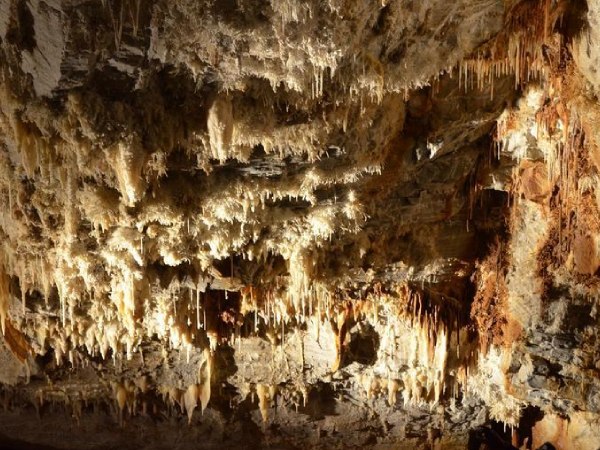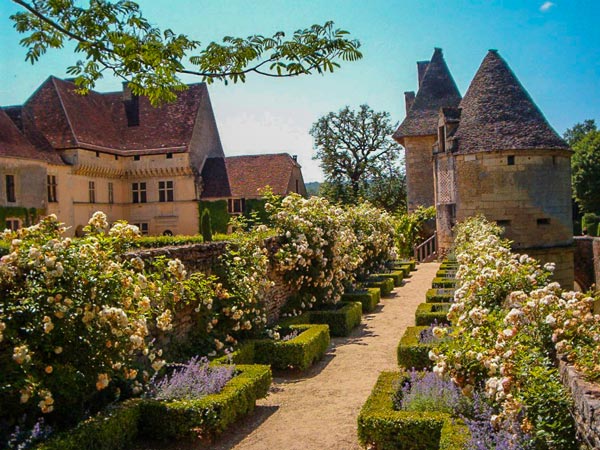Visit the castle of Commarque
Visit the Château de Commarque
Standing on its rocky spur, the Château de Commarque in Les Eyzies-de-Tayac is one of the most beautiful medieval fortresses in the Périgord. The visits, free or guided, will lead you to the discovery of a complex architectural structure and its history, troglodyte dwellings and a prehistoric sculpted cave. Many workshops are organized for children: archery, parietal tracing, stone carving, medieval calligraphy, or medieval geometry. Your visit will be punctuated by the discovery of old wooden games. A great treasure hunt is also proposed to you, to explore the site in a playful way in family.
Stroll the famous medieval fortress in the Dordogne
A must-see medieval fortress in the region, the castle of Commarque lends its silhouette to many postcards. The richness of the site is multiple: if the defensive architecture of the fortress never ceases to interest medievalists, its ornate cave is also still a mecca for paleontological research. The continuity between the prehistoric and historical occupation of the site is palpable here.
In its green setting, the Château de Commarque is a timeless site that has many surprises in store for you just 25 km from your Le Temps de vivre campsite. Located near the camping Dordogne, visit this listed site that is worth it for its location on a rocky spur.
The History of Château de Commarque
Château de Commarque began as a simple wooden tower in the beautiful Dordogne region of southwestern France in the 12th century. The abbot of Sarlat chose the site, at the intersection of two important arteries. A stone keep replaced the original wooden structure and the castle grew into a larger complex, a point of protection around which a small village formed. In the mid-14th century, the castle was taken by the powerful Beynacs family, and then occupied by military forces during the Hundred Years' War (1337-1453) and the French Wars of Religion (1562-1598). The importance of the castle gradually faded and the once vital complex was abandoned in the early 17th century. Since 1943, however, the site has been a historical monument, a designation granted by the French Ministry of Culture.
TheChateau de Commarque, is located high up, after the parking lot, you walk down a long rough dirt road, the sign indicates 600 meters. In the clearing of the Beune valley, the ruin of the fortified tower rises high into the sky around the ruins of the village. Yes, with stamina, one can climb to the top of the fortress for a panoramic view of the countryside.
In 1972, the Count of Commarque bought the ruins, the historical cradle of his family for six generations. In 2001, following archaeological research and restoration work that continues today, the castle was opened to the public by the last member of the family, Hubert de Commarque. The keep was erected in 1380. Ruins of a fortified village, including a knight's tower, a chapel and houses covered with vegetation for more than 350 years, have also been discovered.
A natural spring brought prehistoric man from the Magdalenian era to this valley where they carved animals and created over 150 images in a cave beneath the castle. Although the cave cannot be visited, an informative video projected in the keep describes and depicts the ancient artifacts. A rock wall near the castle preserves the cave dwellings of more recent times.
Hubert de Commarque, with the help of Monuments Historiques, opened the half-ruined site to offer visitors the chance to explore this privileged place hidden in a secluded valley, far from any sign of the modern world. Open every year from the beginning of April to the end of the All Saints' Day school vacations.
The area still has an unspoiled beauty, making Commarque a unique tourist destination. A neglected but intact marker of centuries of French history, the castle had to be preserved. Also in the area are caves, whose walls are covered with prehistoric art; a Carolingian chapel; the prominent medieval keep; and numerous supporting structures. In the early 1990s, a comprehensive conservation study plan was created for the grounds and buildings. A team conducted a historical analysis of the site, identifying six distinct construction phases over 500 years, with detailed studies of architectural and archaeological features. While the castle complex was, for the most part, structurally stable when the foundation began its work, some areas required intervention. These were identified and addressed.
The foundation's efforts at Château de Commarque helped maintain the structural and architectural integrity of the site and the construction phases of the complex, and presented a balanced representation of the settlement's long history.




